 Cassoulet is perhaps the signature dish from the Languedoc region in southern France. Despite its reputation, cassoulet isn’t really difficult to make, but it does require quite a time commitment. It’s a multi-step, multi-day process where each individual element gets cooked separately and then layered into a final casserole. So set aside a weekend, source out your ingredients, and reward yourself with supremely rich, hearty, and most of all, comforting French dish!
Cassoulet is perhaps the signature dish from the Languedoc region in southern France. Despite its reputation, cassoulet isn’t really difficult to make, but it does require quite a time commitment. It’s a multi-step, multi-day process where each individual element gets cooked separately and then layered into a final casserole. So set aside a weekend, source out your ingredients, and reward yourself with supremely rich, hearty, and most of all, comforting French dish!
The Confit – This can be either duck or goose confit, but confit you must make! It adds richness and a silky mouthfeel to the final dish, and cassoulet just wouldn’t be the same without it.
The Pork – This is usually shoulder or some other lean cut. It gets braised slowly until absolutely succulent and fork-tender, and then it’s cut into bite sized pieces before going into the cassoulet.
The Sausage – As if the confit and the pork weren’t enough, you get to add some sausage too! Brownie points if you make your own, but given everything else you’ve got going on, there’s no shame in buying it from the butcher!
The Beans – Classically, cassoulet is made with white beans cooked separately with herbs and sometimes a ham hock or bacon. Go for a creamy variety like great northern or cannelini.
Tomato Sauce – Sometimes this is made along with the pork braise, but it can also be made separately. This will be the main cooking liquid for the casserole – as well as the only veggies you’re going to get!
The Cassoulet – By the time you get to this step, the cassoulet is easy! You just spoon a layer of the beans and tomatoes into the bottom of a casserole dish or dutch oven, add a layer of meat, and top with the rest of the beans and tomatoes. A breadcrumb topping gives the final dish some crunch. Bake until bubbly and enjoy. And about time!
4 C. (2 pounds/950g) good-quality dried beans
2 pounds (950g) unsmoked ham hock
1¾ C. (160g) diced, thick-cut unsmoked pork belly or pancetta
2 carrots, peeled
2 onions, peeled and halved
6 cloves garlic, peeled
2 bay leaves
10 sprigs thyme
1 tsp. sea salt or kosher salt (optional)
4 confit duck thighs (thigh and leg attached)
1 pound (450g) fresh pork sausage, unseasoned or lightly seasoned, such as mild Italian sausage
Freshly ground black pepper
1 C. (135g) dried or fresh bread crumbs
3 tsp. neutral-tasting vegetable oil or walnut oil
Rinse the beans and sort for debris. Soak them overnight covered in cold water. The next day, put the ham hock in a separate large pot of water, bring it to a boil, decrease the heat to a steady simmer, and cook for about 2 hours, until the meat is tender and pulls easily from the bone. Remove the ham hock from the water and set it on a plate. When cool enough to handle, remove the meat from the bones, shred it in large, bite-size pieces, and refrigerate it. Discard the liquid. Drain the beans; put them in the pot you used to cook the ham hock and cover with cold water. Add the ham bones to the pot of beans along with the diced pork belly, carrots, onions, garlic, bay leaves, and thyme. Bring the beans to a boil, decrease the heat so the beans are simmering gently, and cook until the beans are soft and tender, about 1 hour, or longer, depending on the beans. As the water boils away during cooking, add more water as necessary. Taste the beans toward the end of cooking, add up to 1 tsp. salt, if necessary. While the beans are cooking, scrape any excess fat from the duck confit pieces (save it for making duck fat–fried potatoes, page 220) and fry them in a skillet over medium heat until they’re golden brown and crisp on both sides, 5 to 8 minutes per side. (If using the Counterfeit duck confit on page 179, the duck will already be browned and ready, so there’s no need to recook it for this step.) Transfer the duck pieces to a plate and pour off any excess duck fat from the pan. Prick the sausages a few times with a sharp knife, then fry the sausages just to brown them on the outside; they don’t need to be fully cooked through. Set the sausages on the plate with the duck pieces. When cool enough to handle, cut the sausages on the diagonal into 2-inch pieces. Cut each duck thigh into three pieces; cut the drumstick off, and then use a knife to divide the thigh portion into two equal pieces, cutting it in half by holding the knife parallel to the bone. When the beans are done, turn off the heat. Discard the bay leaves, thyme, and ham bone, and pluck out the carrots, onions, and garlic cloves. Cut the carrots into cubes, and mix them back into the beans, along with the shredded meat from the ham hock. Puree the onion and garlic in a blender or food processor with a bit of the bean liquid until smooth. Stir the mixture back into the bean mixture, season with pepper, and taste, adding more salt if desired. (Some pork products are quite salty, so at this point, you can adjust the salt to your taste.) Preheat the oven to 325°F (160°C) with an oven rack to the top third of the oven. In a wide casserole that holds at least 8 quarts (8l) or a roasting pan, assemble the cassoulet. Ladle a layer of the bean mixture and some of the liquid into the casserole. Put half of the duck pieces and half of the sausage evenly spaced over the beans. Add another layer of beans, and then put the rest of the duck and sausage pieces over the beans. Top with the remaining beans and enough of the liquid so that the beans are just barely floating in the liquid. (Refrigerate any extra bean liquid, as you may need it later. Or if there isn’t enough bean liquid, add a bit more water, just enough to moisten the beans.) Toss the bread crumbs with the oil until thoroughly moistened, then spread the bread crumbs evenly on top of the cassoulet. Bake the cassoulet for 1 hour. After an hour, use the side of a large spoon or a heatproof spatula to break the crust on top in several places. Decrease the oven temperature to 250°F (120°C) and bake the cassoulet for another 2 ½ hours, breaking the crust two more times while cooking. Remove the cassoulet from the oven and let it rest for 15 minutes. If you want to serve the cassoulet reheated, as many prefer it, let it cool to room temperature for 1 ½ hours, and then refrigerate it.
To serve the cassoulet reheated, remove the cassoulet from the refrigerator 1 hour before you plan to reheat it. Preheat the oven to 350°F (180°C). Break through a piece of the top of the cassoulet, and if you don’t see much liquid surrounding the beans beneath the surface, add some of the reserved bean liquid (or warm water)—just enough to moisten the insides a little, about ½ C. (125ml). Bake the cassoulet for 1 ½ hours, or until it’s completely heated through. If the topping isn’t crusty, turn the oven up to broil—if you’re using a ceramic dish, turn the oven just to 450°F (230°C), or whatever maximum heat is indicated by the manufacturer—and watch carefully until the top is browned to your liking. Remove the cassoulet from the oven and let it rest for 15 minutes. Serve the cassoulet in its dish at the table. It requires no other accompaniment, although a glass of Armagnac after (or in place of) dessert is considered obligatory to aid digestion. As is a pat on the back for making the cassoulet.
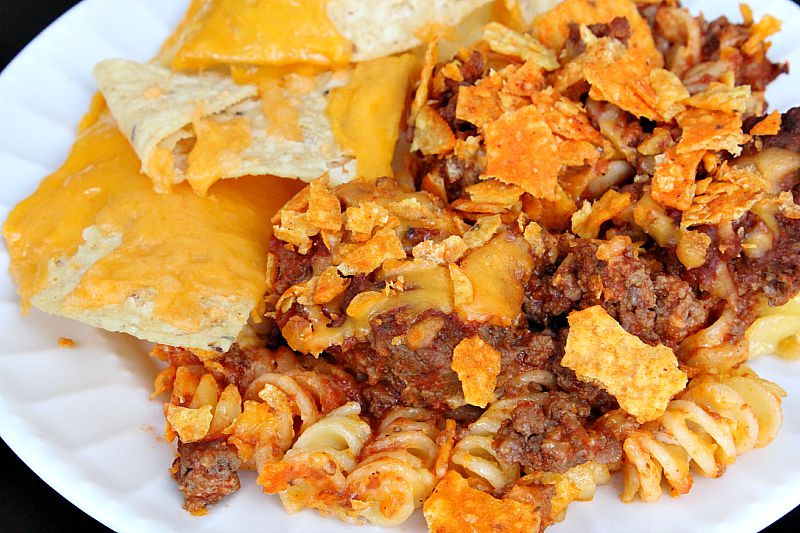 1 lb extra lean ground beef
1 lb extra lean ground beef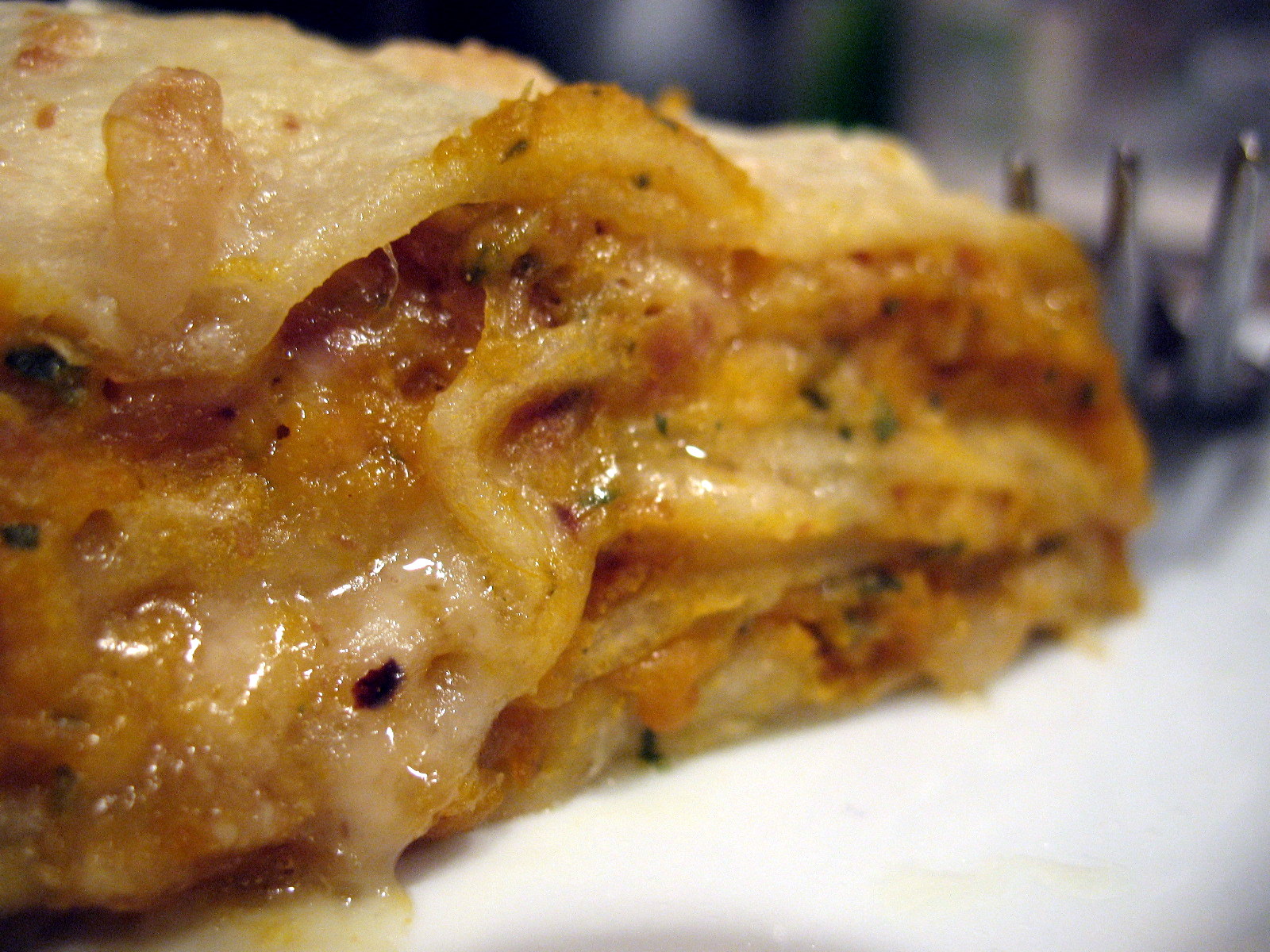


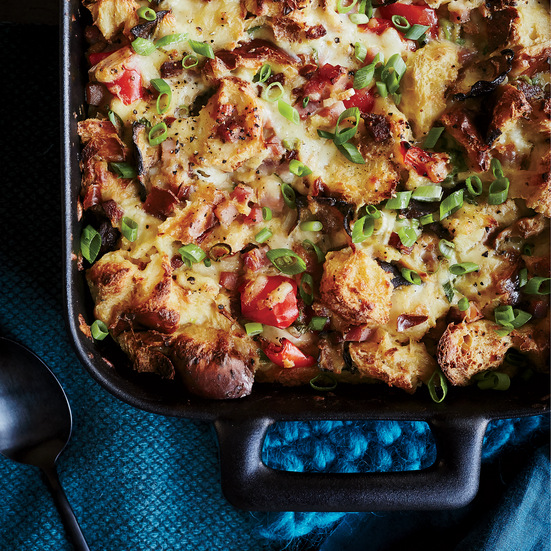
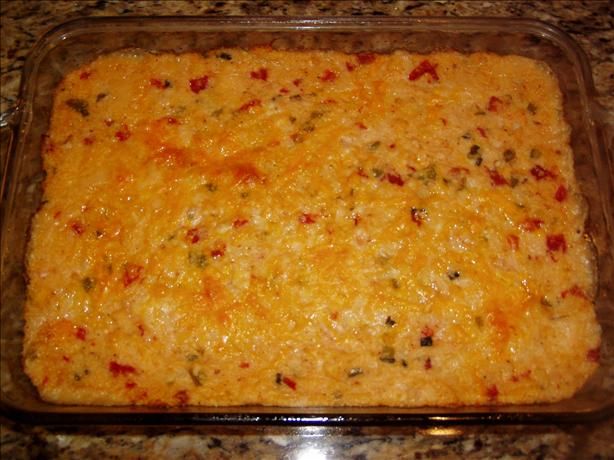

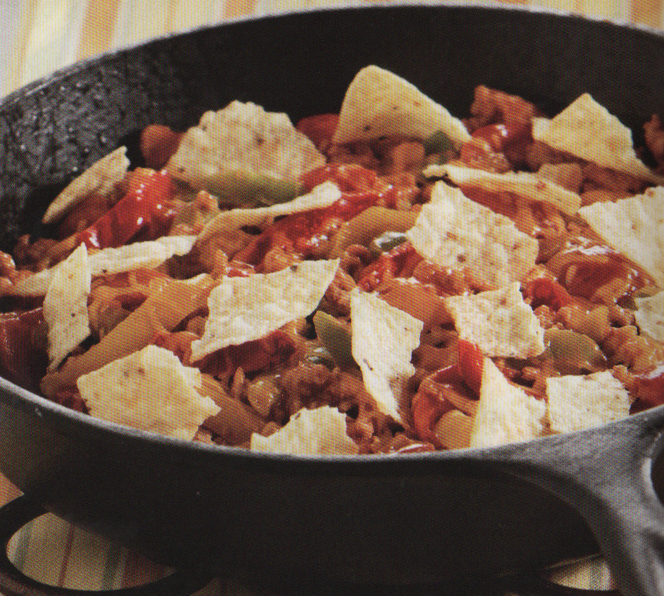
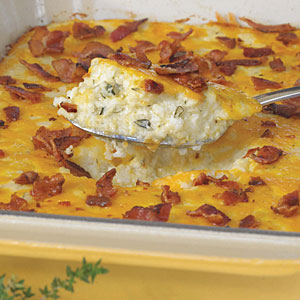
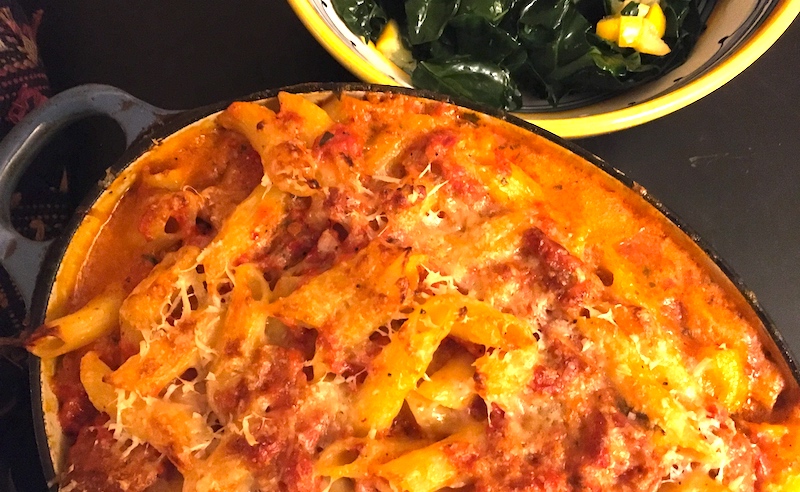 Penne alla Vodka Casserole
Penne alla Vodka Casserole